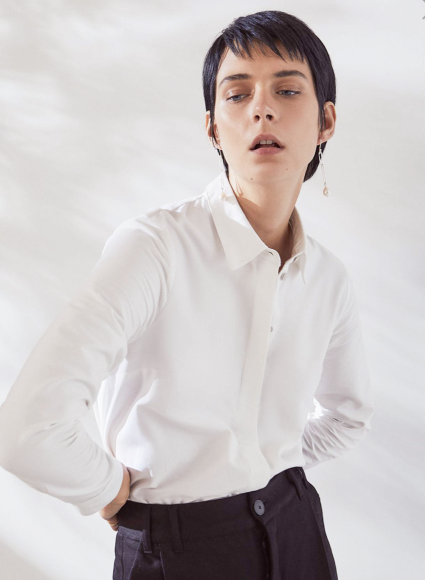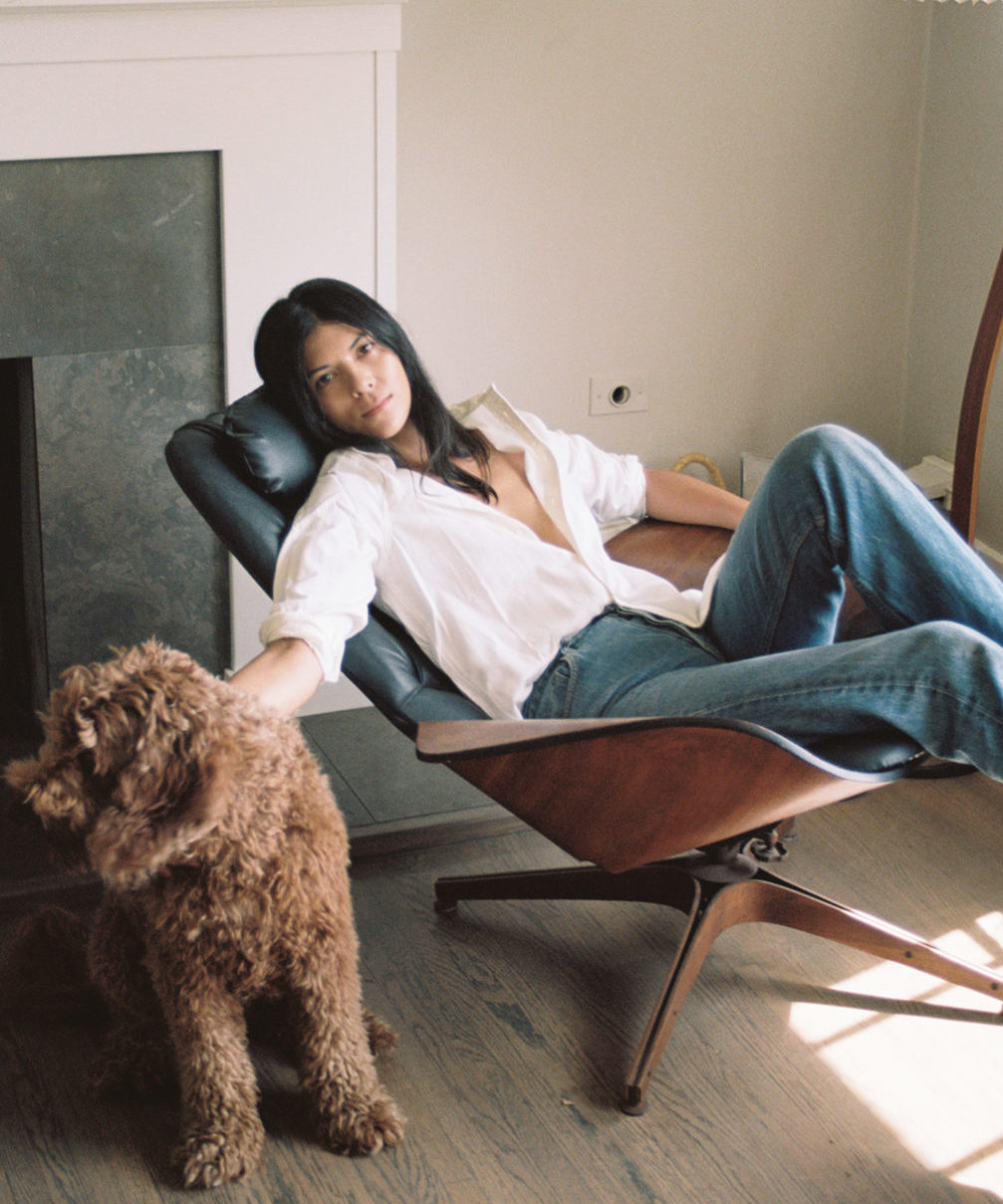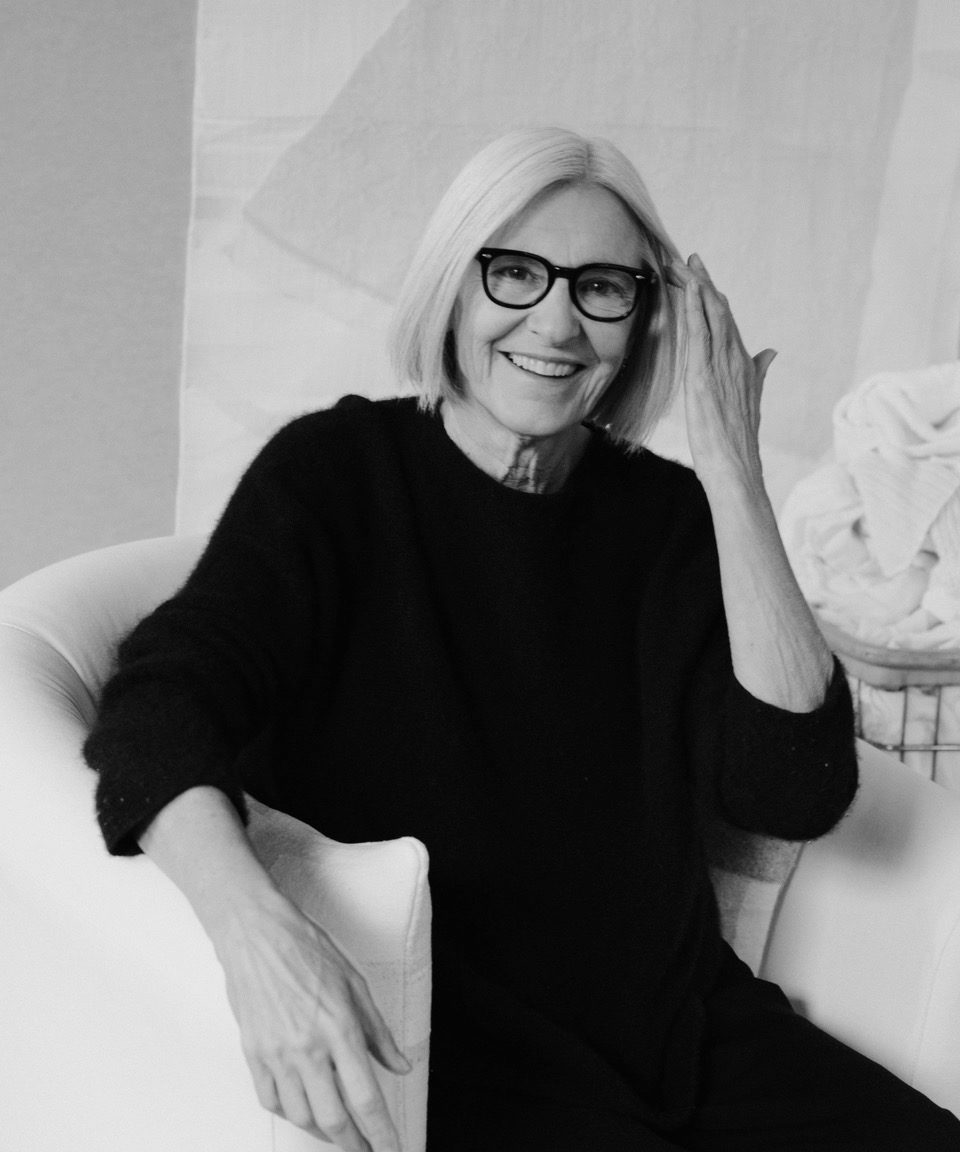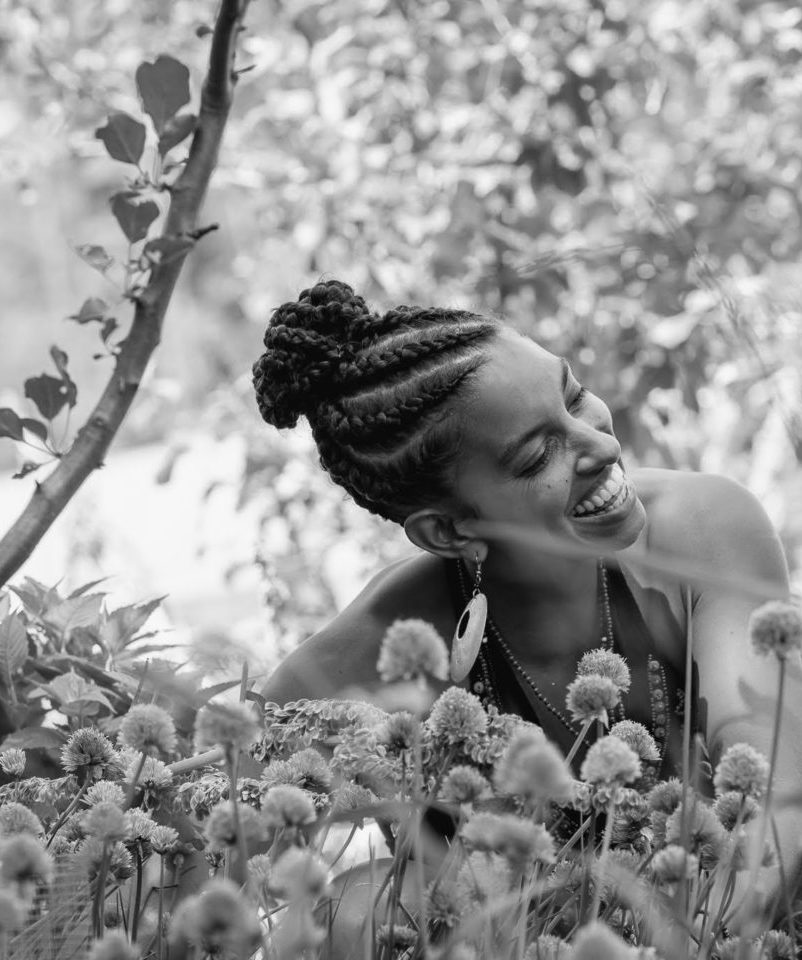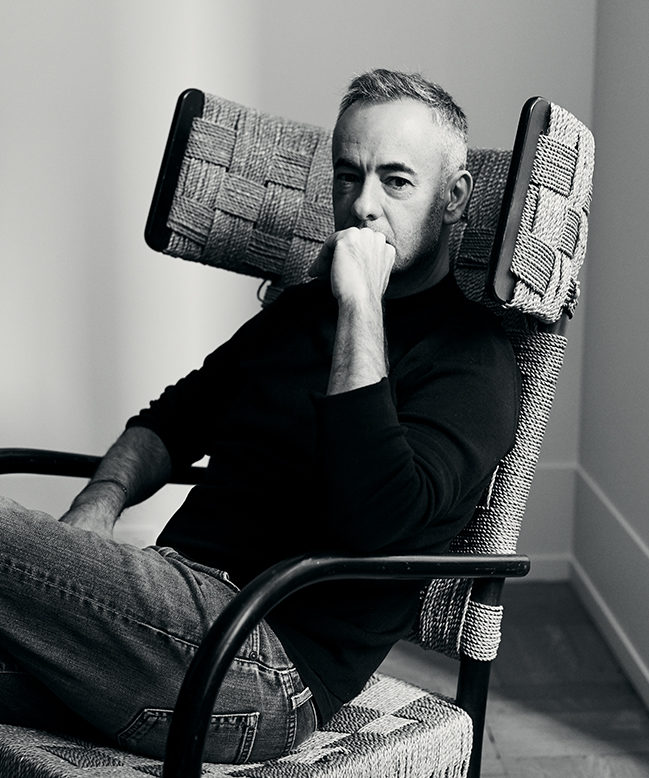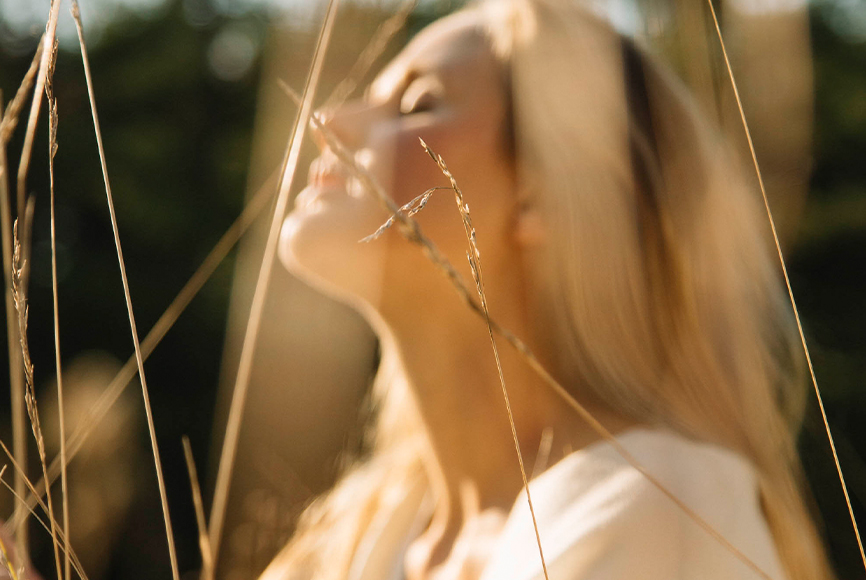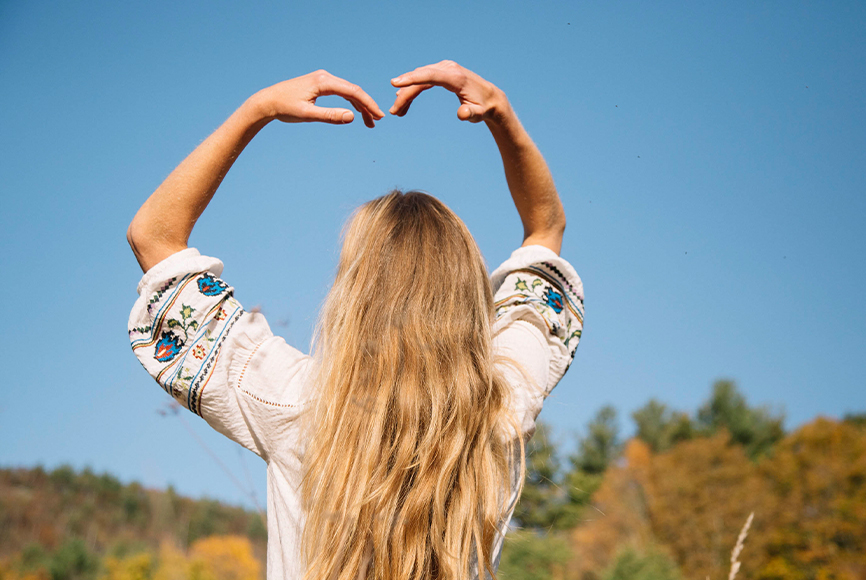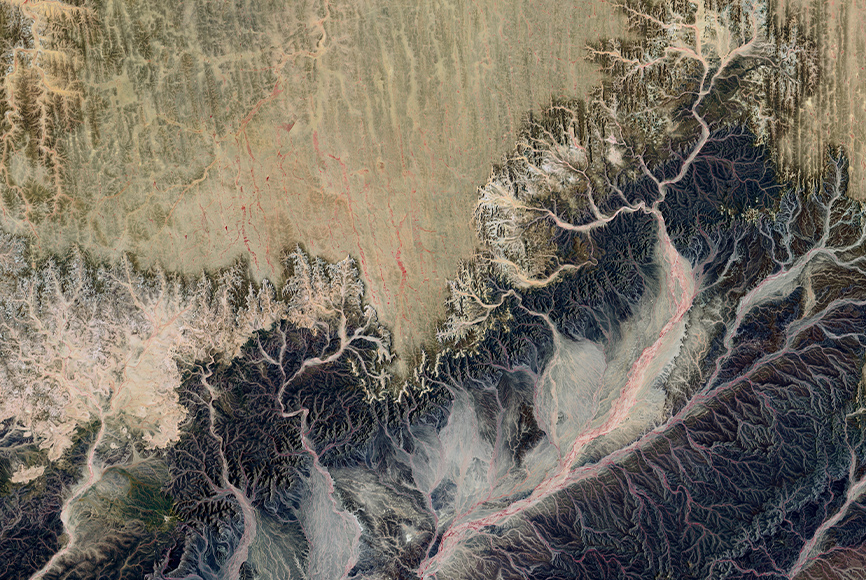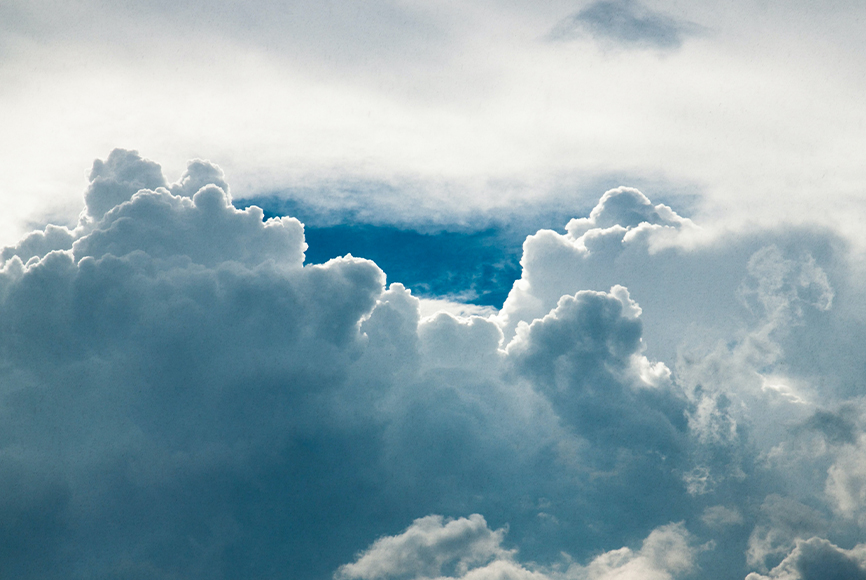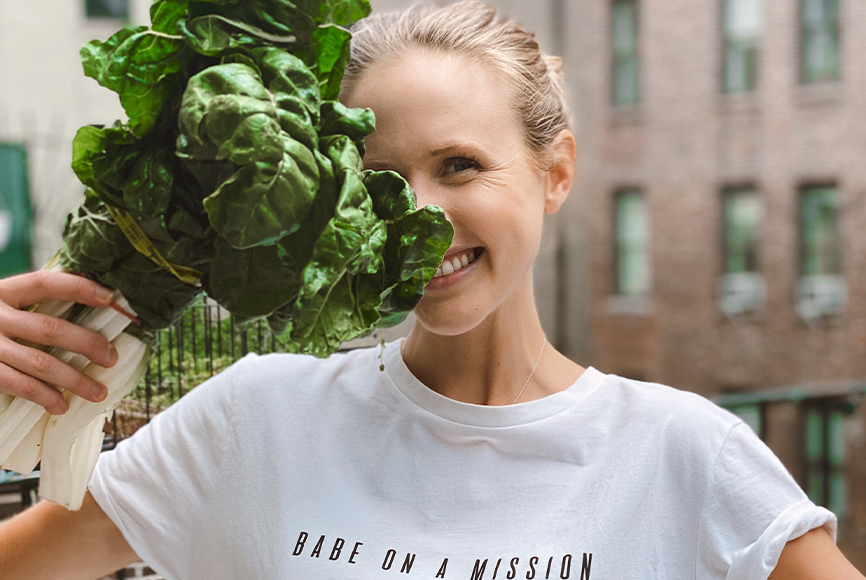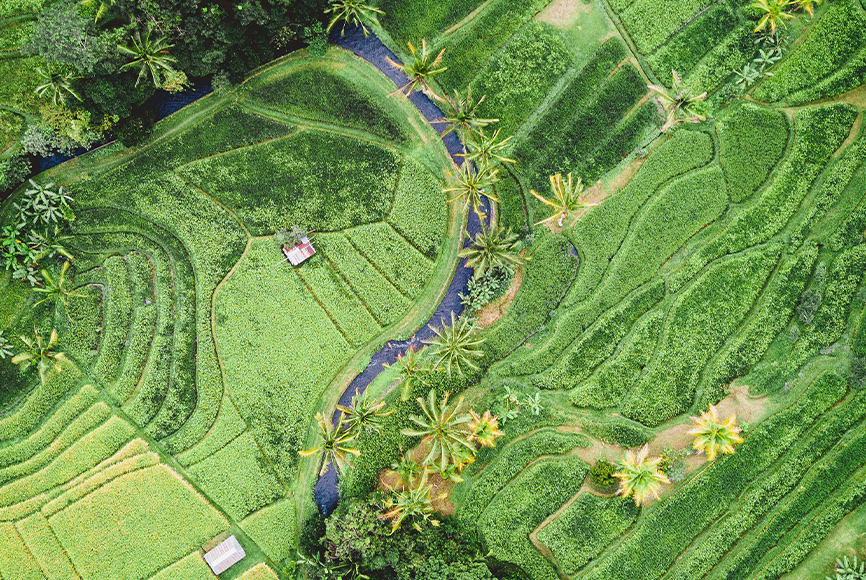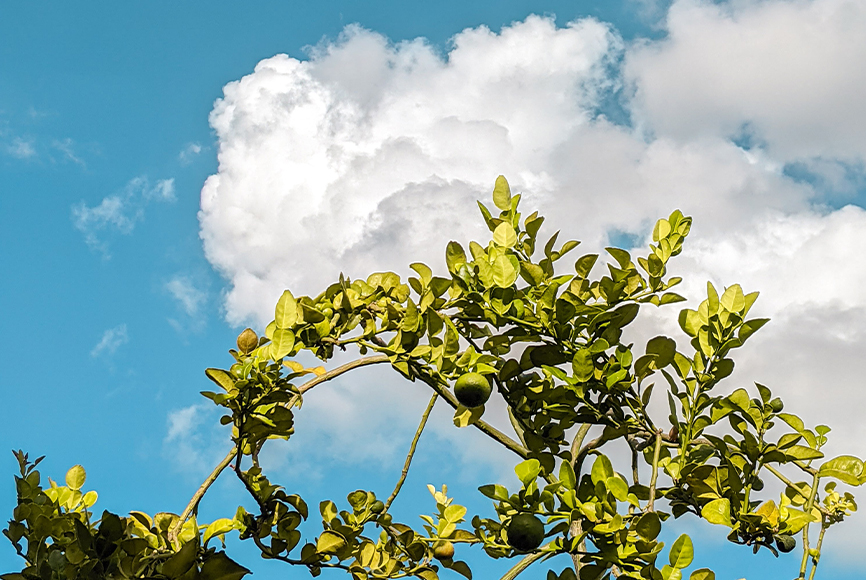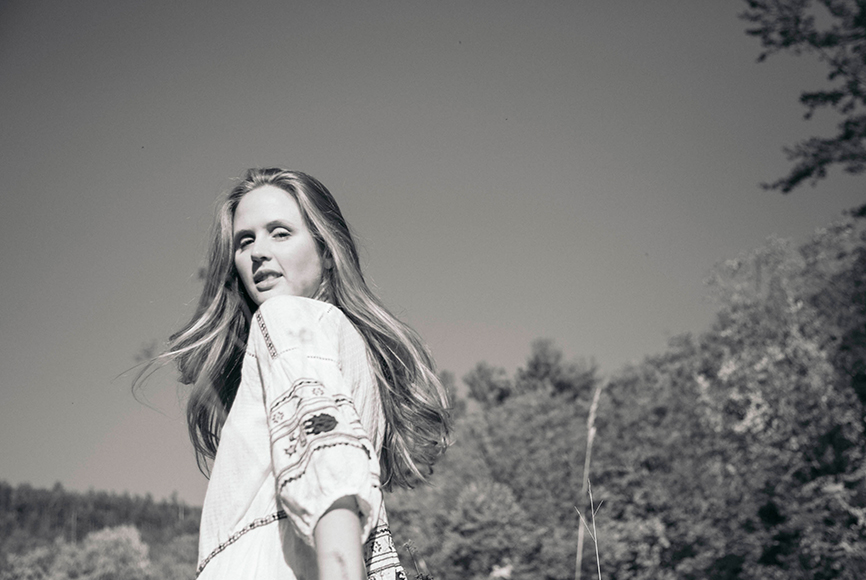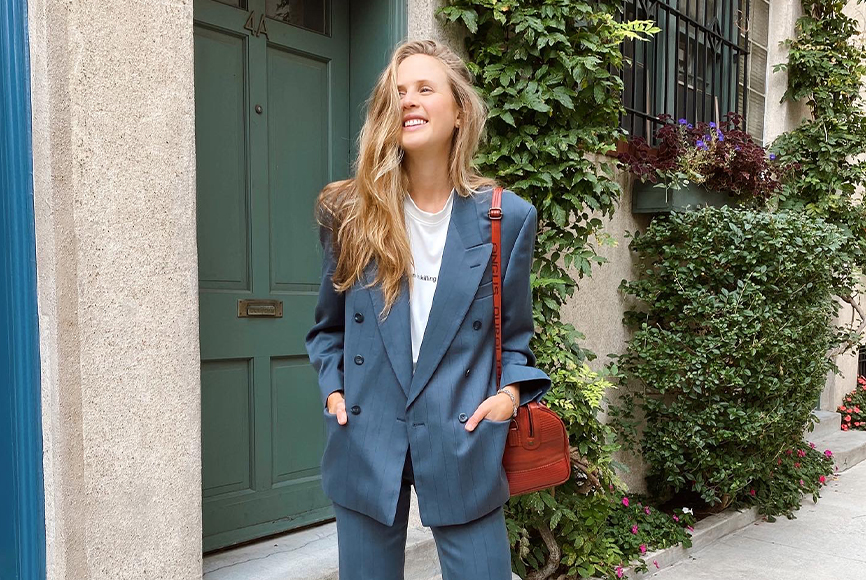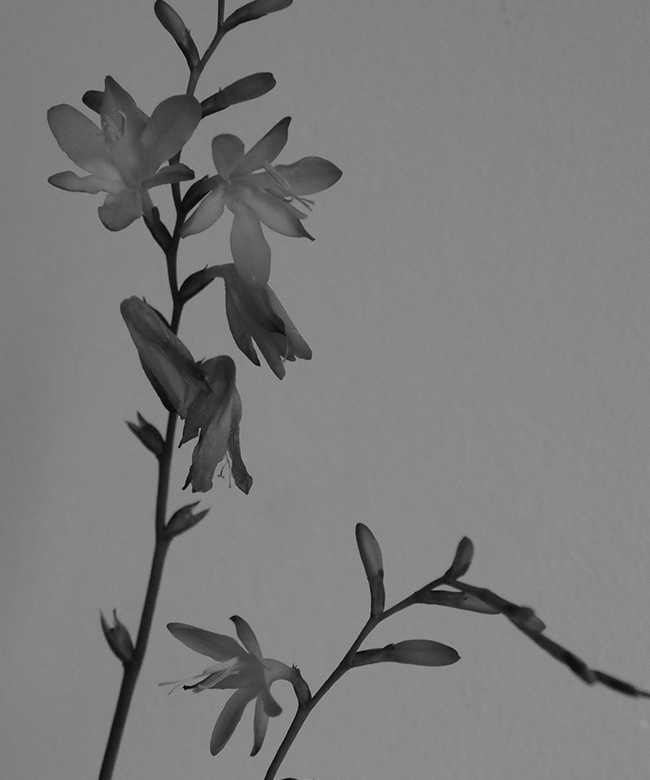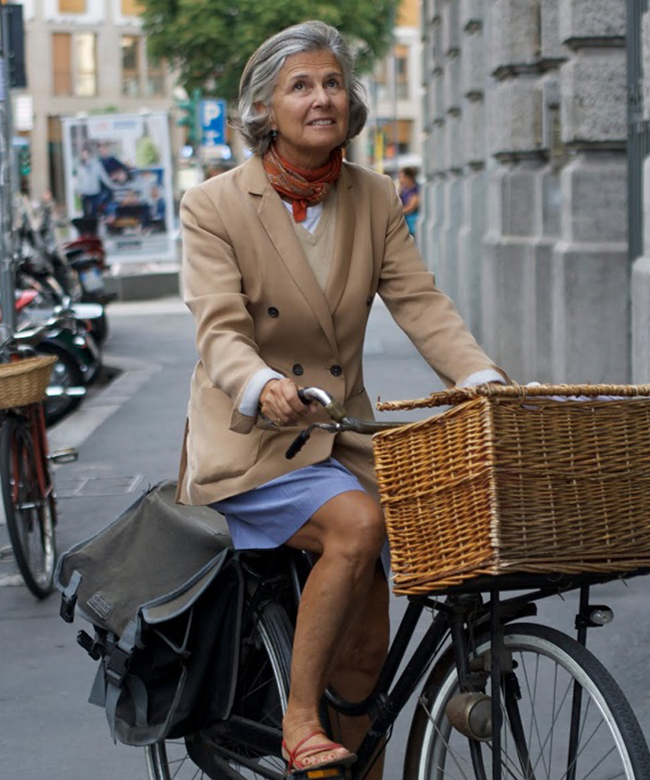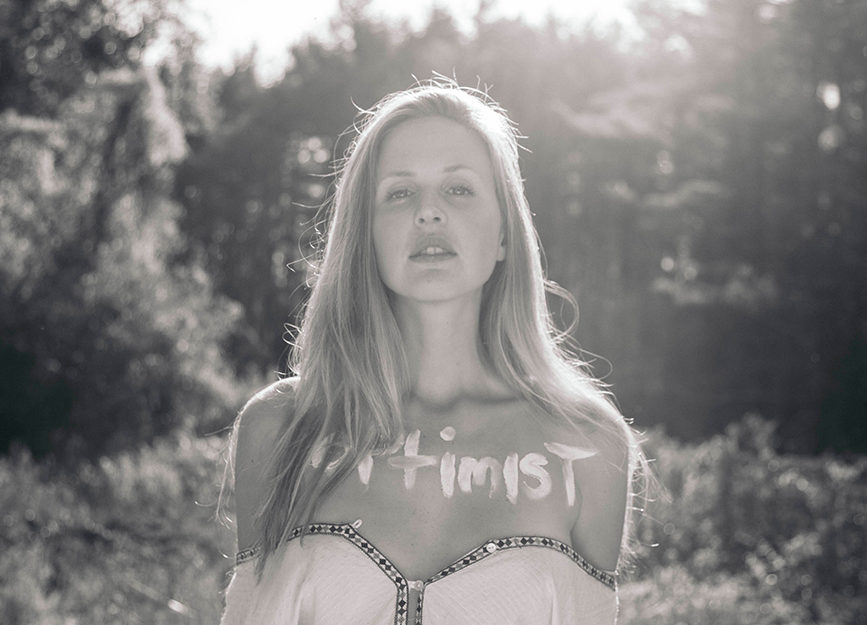

@annetheresegennari
@annetheresegennari
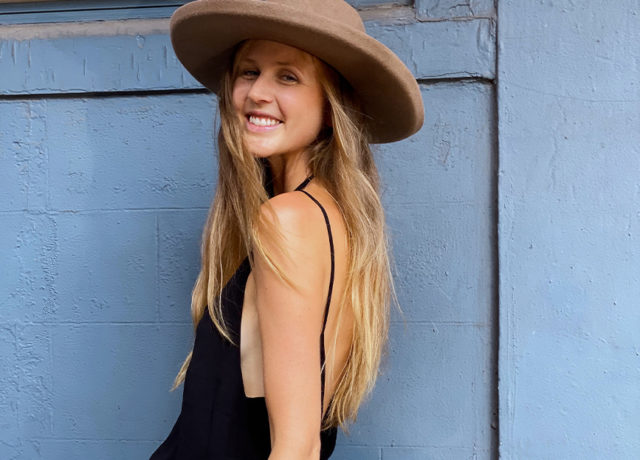

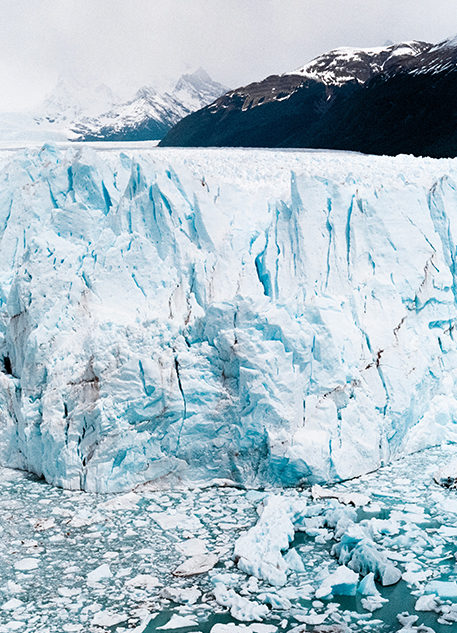

Environment
10 Ways To Be A Climate Optimist In 2022: A Guest Edit by Anne Therese Gennari
Anne Therese is a speaker, educator, and environmental activist, and the founder of The Climate Optimist, Role Models Mgmt, online community The Collective, and Hey Change Podcast. As an educator and consultant, she helps shift the narrative around climate change so that we can act from courage and excitement, not fear.
1. Slow Down
It might seem silly or even impossible to be a climate optimist today. How could you believe in a climate positive future when all you see on the news are signs of the opposite? How can you afford to stay optimistic when Greta is asking us to panic and the UN is declaring Code Red on climate?
Because without optimism, without the belief that things could be better, we’re lost! Without courageous people who dare to believe in new ways and who choose to show up for that work, no change will ever be made.
When we think about “climate action”, we tend to think that we have to do, do, do! But a big part of that “doing” can actually be doing less for you. When we slow down and quiet our minds, we begin to recognize that many of the answers we’re looking for are right here, already nested in our hearts. We start to appreciate the small moments and move away from things that put stress on both humans and the Earth — consumerism, aimless traveling, and this constant need to have more.
By slowing down, you’re also anchoring that new energy in the collective consciousness and (unknowingly) inviting others to slow down as well. We don’t need a world filled with panicked chickens, we need graceful, wise owls taking in the entire field and making decisions based on what seems to be best.
Be the owl, not the chicken, and find ways to slow down in 2022!
2. Activate Healing
As climate activists and sustainability advocates, we tend to think of our “mission” as so grand that our own health and wellbeing don’t matter, but if you want to heal the world, you must begin with healing yourself first. Jack Adam Weber, the author of Climate Cure, says: “Climate cure means we not only heal ourselves, but also help the rest of the planet flourish as much as possible. In this sense, climate chaos is a catalyst, an opportunity for regeneration, similar to other heartbreaks!’
So if you care for the world, if you care for animals and other people, choose an active journey of personal healing. The more grounded and resilient you are, the more powerful you will be in changing the world around you. We’ve been told this story where humans are the evil on Earth and that we must separate ourselves from nature to do less harm. But the truth is that we are nature, and by understanding that, we will see how important it is that we heal ourselves so that we can begin to add light and love to the wellbeing of everyone (including trees!)
Here’s a resource for healing journaling if you want to begin that journey today.
3. Start Conversations
Climate scientist Katherine Hayhoe says, “The most powerful thing we can do for climate is talk about it.” Considering only one in four Americans hear someone they know talk about climate change on a monthly basis, I believe she’s right! A big reason we’re not acting more on climate change is that to most of us, it feels too distant in time and space. Climate change is perceived as something that will happen in the future or in other parts of the world, not here and now. It also feels socially distant and an issue the individual can’t do anything about.
By normalizing conversations about our changing climate and talking about how it’s already affecting your local area and community, you invite people to participate in the conversation. Here are five tips for having climate successful conversations with family and friends!
4. Dare “Retruthing"
To change the world, we must find the courage to challenge our existing knowledge. We don’t often recognize how trapped we are in our mental webs of “truths” and the belief we hold that things should be a certain way – but our fear of being wrong can create a lot of trouble. Unknowingly, it sparks conflict, stirs confusion, and allows for polarization to grow.
We’ve created a society where “knowing” is celebrated and “questioning” is not, yet what we need to do now is be bold enough to question everything. Because what if the future could be better than anything we’ve ever seen before, and we just have to wake up and see it? The renowned American architect William McDonough famously said, “The Stone Age did not end because humans ran out of stones. It ended because it was time for a re-think about how we live.”
We’re there right now, at the bridge of a new era, and you get to help write the script of what’s next to come. We must let go of old patterns and beliefs and dare to believe in something new. We have to wake up every morning and know that we don’t have all the answers, but tell ourselves that it’s our daily task to keep asking questions and figure it out. Retruthing was a word I made up myself and one of the most empowering exercises I know! You find the full definition and tips for how to practice it here!
5. Skip Titles
You don’t have to be a “Vegan”, “Activist”, or “Zero Waste Queen” to make a difference in the world. In fact, I believe you hold more power if you skip titles altogether. Titles can be good, but they also box us into different categories and in many ways limit who we are and can become.
I’m a 99% plant-based eater, but that doesn’t mean that on occasion, I’ll have an egg from a happy country chicken or when on vacation, a little bit of cheese will slip onto my plate. Does this mean I suddenly don’t care for animals anymore? Of course not, and by shedding titles, I allow myself to actually care more.
What I’ve learned is that nothing is black and white and that things are always more complex than they might look on the surface. Without titles, you empower yourself, and every choice becomes a conscious one. It’s not so much about who you are, but what you do, which allows you to address each situation with intention and thought.
Besides, if you skip titles, you’re much less likely to exclude people who don’t identify the same way and allow for those inclusive conversations to be had — “Oh, I wouldn’t call myself a vegan, but I looove plant-based foods! Besides, it’s so much better for the environment.”
Build bridges, not walls — skip titles and social boxing!
6. Add Your Voice
One of the easiest ways to be a climate activist is noticing the work of others and adding your voice to show support. If you don’t think your voice matters — think again! When I once asked Melissa Sun, the Director of Entertainment Partnership at Sierra Club, what we as individuals can do to help, she said without doubt — “Sign our petitions!”
And it works — from saving compost programs to get cut due to budget restraints to single-use plastics being banned, I’ve seen it all. When we use our voices in open letters and on social media, our requests are being heard! Right now you can help stop fashion-related deforestation in the Amazon by supporting the #SupplyChange campaign started by Slow Factory, Model Activist, and Stand Earth. Sign the petition here!
7. Rethink Growth
Perhaps you’ve heard the concept of “degrowth”, which is ultimately the concept of ditching capitalism and slowing down our world. Although there’s a lot of truth to that, I think we should focus less on shutting down growth, and more on transitioning it into a circular kind and aim for regrowth.
Growth in itself is not a bad thing, it’s our relationship to it that’s become a bit skewed over the years. Per-Espen Stoknes believes we should mirror nature in how we think about growth. When you look at a forest, for example, it’s constantly growing, but that doesn’t mean the trees are continuously getting taller! For nature, growth comes in circles and gives as much as it takes. Since we are nature, we can do the same. By rethinking our economy and our relationship to “stuff”, as well as incorporating circularity in industries across the board, we can create a world of ultimate abundance.
Sounds… complicated? Allow yourself to slow down and chew on that one for a little. Is there any Retruthing here to be made? How can you unlearn what you know and rethink the meaning of growth?
8. Practice Imagination
Did you know that every day, four million new blogs are written, eighty million new Instagram photos are uploaded, and 616 million new tweets are released into cyberspace (Tali Sharot, The Influential Mind.) That’s 7,130 tweets per second! There truly is no lack of information (our opinions) in our world, but what this information is, more than anything else, is a mirror of our current reality. Millions if not billions of mirrors, reflecting back to us what is true and what we ought to think is true right now.
But if we’re so busy with always talking about what the world looks like right now, how will we find time to envision a new one? And if we can’t envision a new one — if we can’t find it in us to believe that things could get better — how will we ever find the courage to choose change?
Imagination has fueled change throughout history — from airplanes, cell phones, and refrigeration, sparked by people who had the courage to dream of something new. People who were brave enough to think of realities that lingered outside their comfort zones; who dared to believe in the unbelievable and imagine the unimaginable, and who found the courage to go explore those new worlds. When it comes to climate change, the only hope we truly have is to be found in that courage. We must expand our hearts and minds, begin to question everything and dare to dream. So ask yourself: What could be possible if we only kept some room in our hearts for the unimaginable?
9. Choose Change
In almost every climate conversation, we forget the most important and obvious thing of all — the fact that we have to choose change! We talk about all the changes that we’re trying to avoid by fearing climate change, but miss the fact that in order to do so, we also need to actively choose change to bring a different kind of world closer.
Embracing change isn’t easy, especially when you’re faced with a threat. Back in the day, if a storm was coming, you wouldn’t go exploring neighboring lands — you’d crawl deep into your cave and hope that you could stay safely tucked away until it was over. As species, we’re programmed to retreat and hold on tight to what we know to be safe when things get scary.
However, this storm isn’t going anywhere, and if we hide away for too long, chances are the world around us has changed so much that when we crawl back out, it’ll be hard to live there at all. Like Greta Thunberg says — “Change is coming whether we like it or not!” But what if change is the best thing that could ever happen to us, we just have to wake up and see it? To actively work for what we want to happen instead of trying to avoid what we don’t want. Maybe what it all comes down to is that we have to choose change before change chooses us?
Practice asking yourself “How could we do this differently? If we dared to let go, how could we rethink everything and build something new?” You are the change, activate it, and start making history in 2022!
10. Choose to Be Light
Sometimes you might feel like it’s not socially OK to be OK, almost like it’s morally wrong to be too happy. You catch yourself feeling good about the world and instantly remember there’s a pandemic and this thing called climate change and that so many people and animals are suffering, so maybe things aren’t so good after all? And how can we choose to be light when this is what we know? How do we find hope in a world that is so… hopeless?
At the end of the day, the only thing we have is the light we choose to activate in our hearts. For by lighting your own light, you allow for others to also light theirs, with a ripple effect you can’t even imagine. One of my favorite quotes is by James Keller — “A candle loses nothing by lighting another candle.”
You carry this light inside you and you can choose to turn the switch at any time. Sometimes that’s hard and in some particularly gloomy places, finding the switch takes a lot of fumbling in the dark. But find it. Keep looking and make it your mission to make sure that no matter what, there will be light again, and you won’t stop until you find it!












